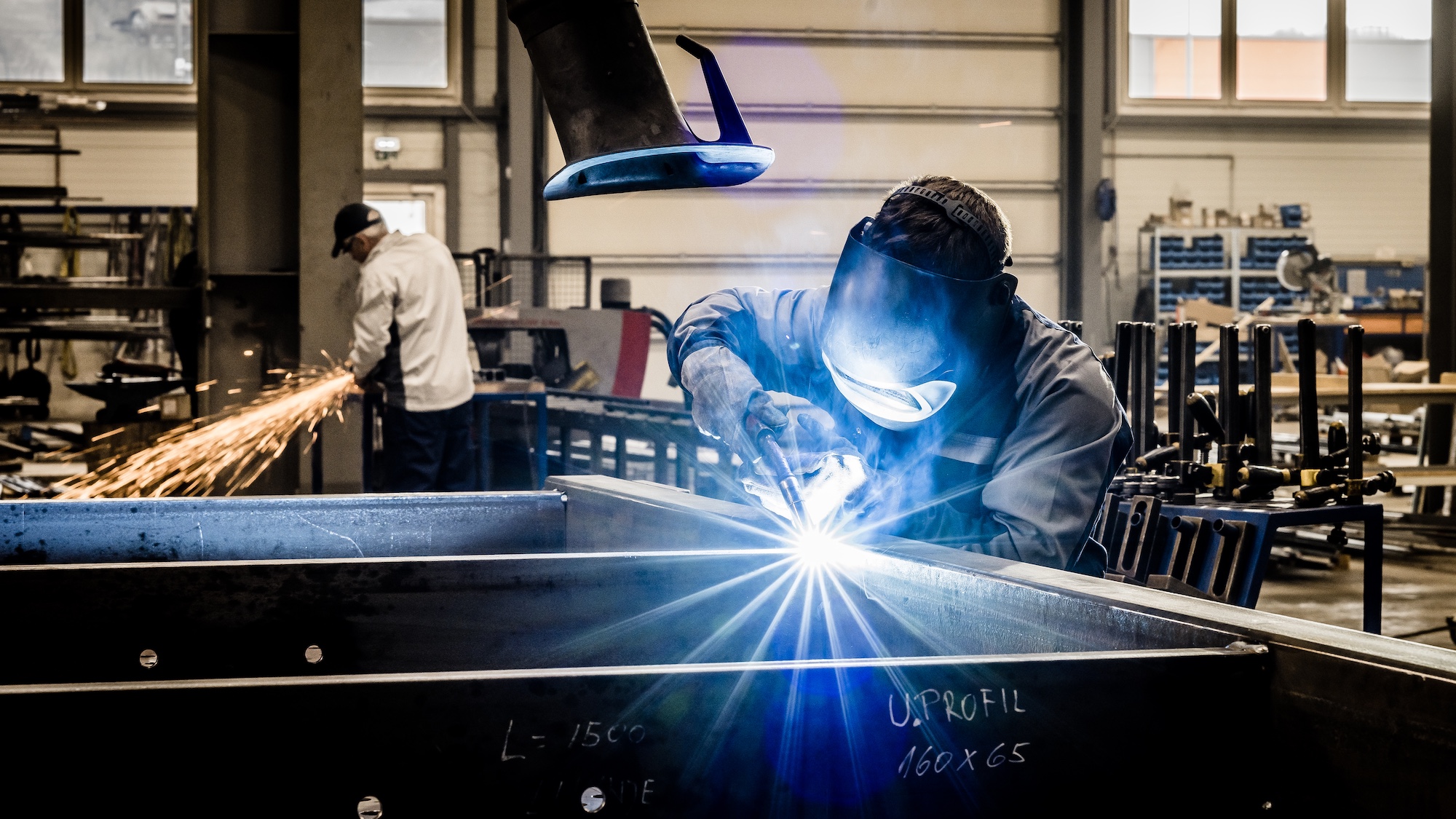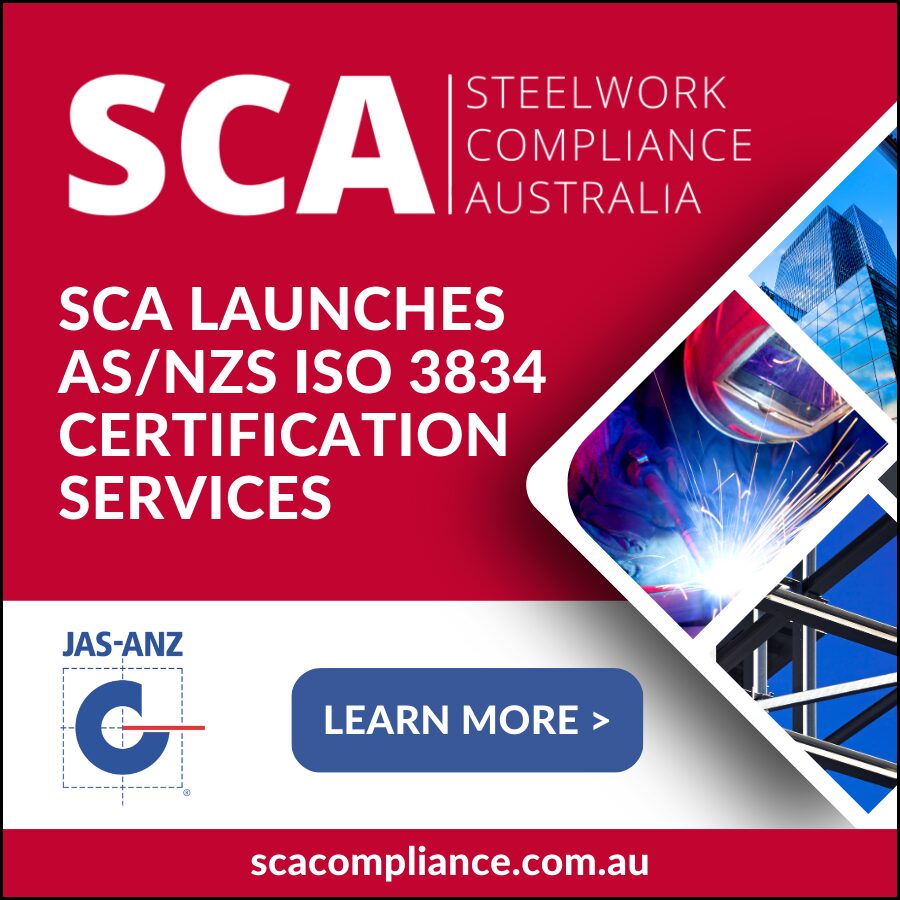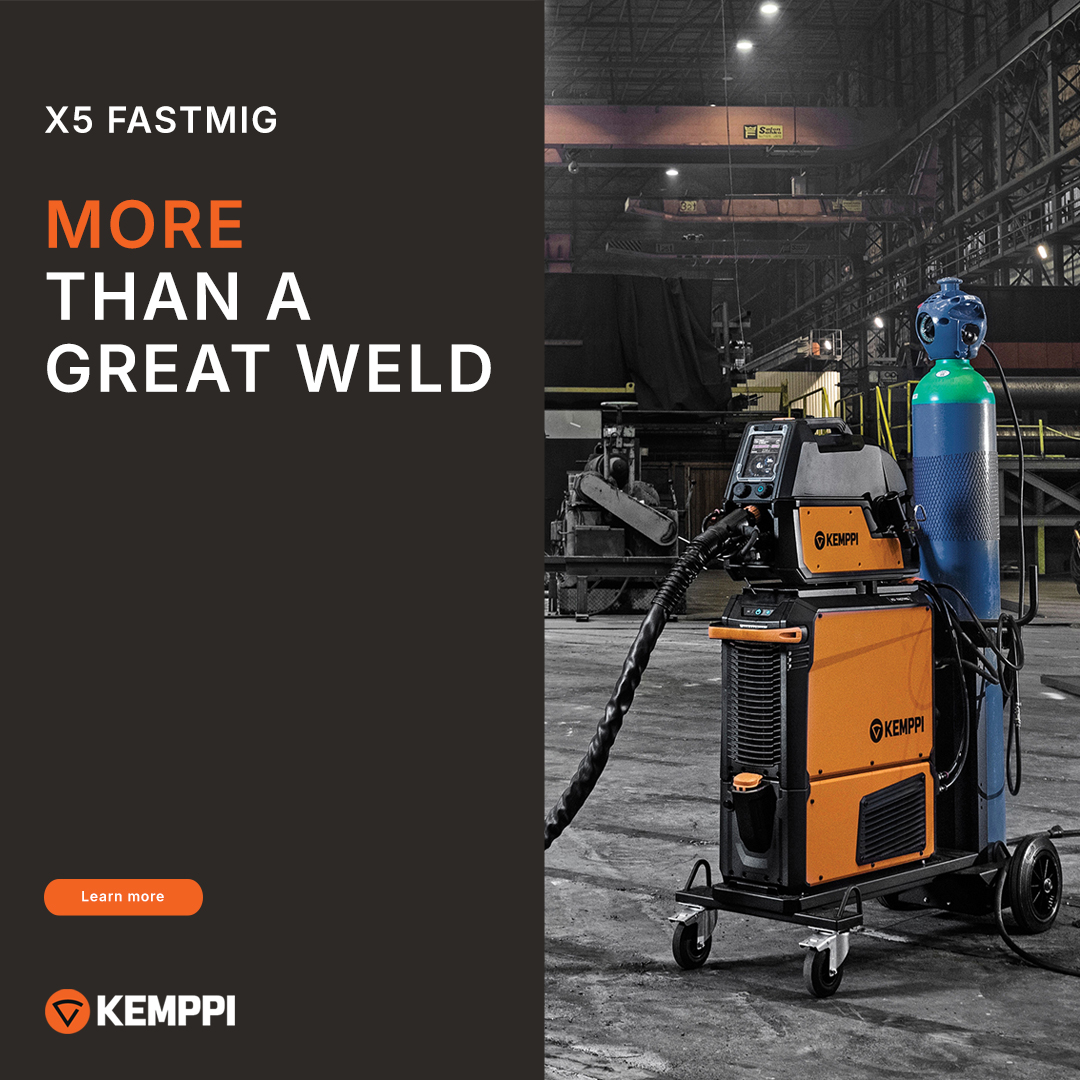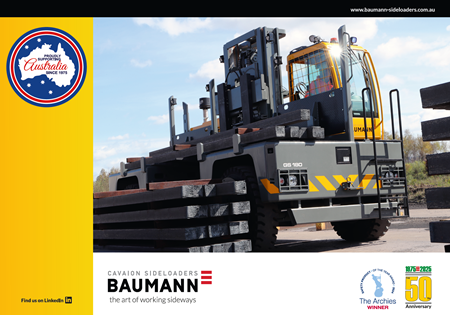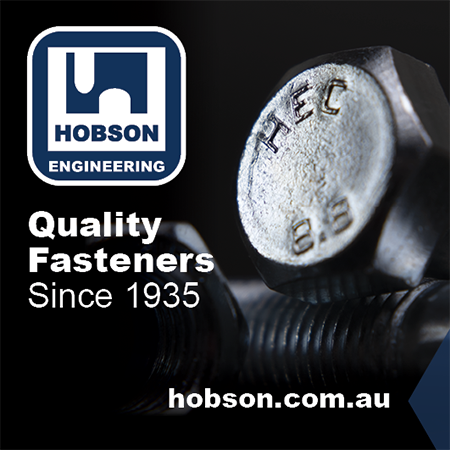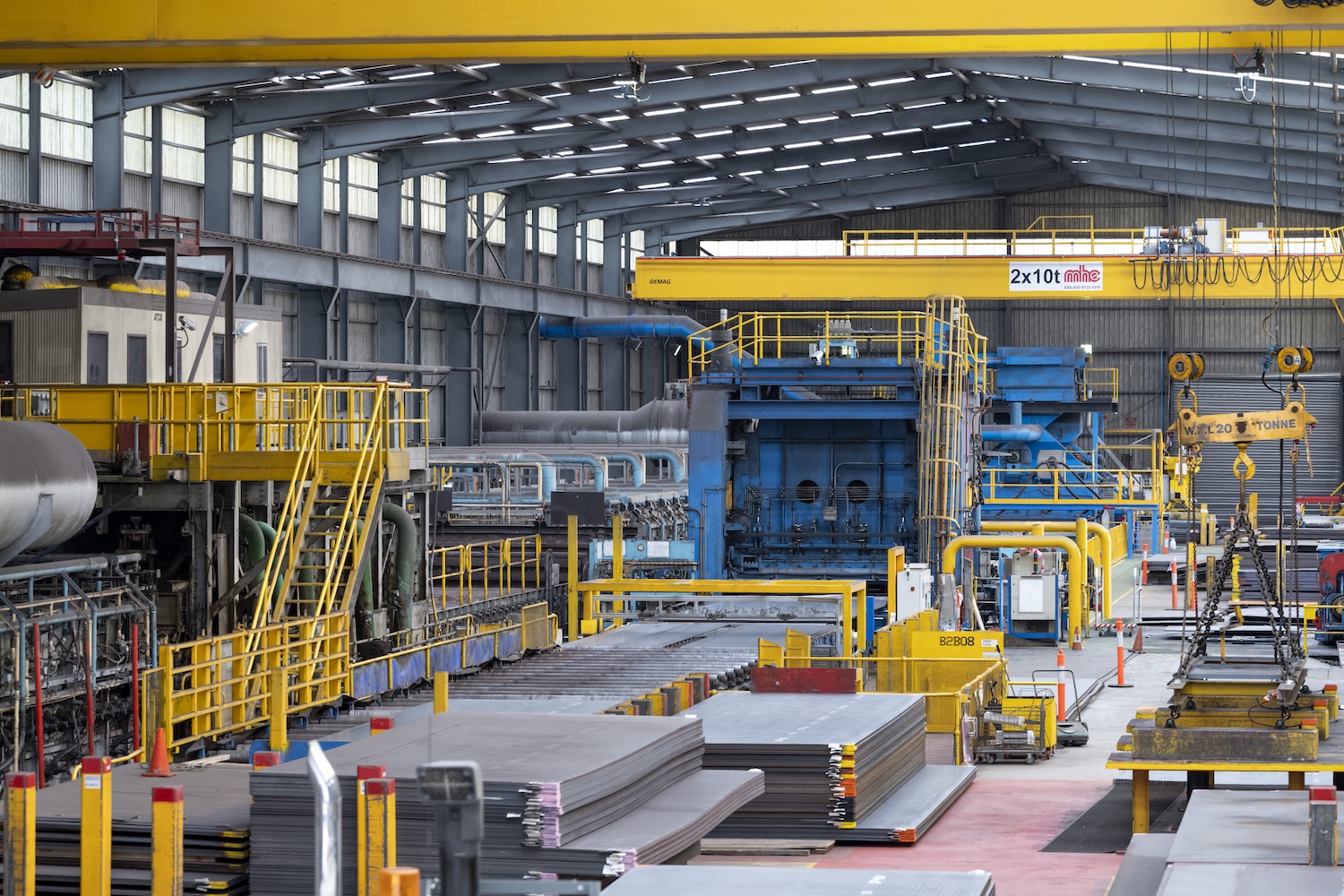In a major step forward for Australia’s structural steel sector, Steelwork Compliance Australia (SCA) has officially rolled out its dual certification service covering both AS/NZS 5131 Structural steelwork – Fabrication and erection and AS/NZS ISO 3834 Quality requirements for fusion welding of metallic materials.
Only months after launch, the impact is already clear: the service is delivering measurable efficiencies, reducing industry risk, and lifting capability standards across the fabrication supply chain.
With JAS-ANZ accreditation now formally secured for both schemes, SCA is able to certify fabricators to both standards through a unified process. For an industry operating under tighter compliance expectations and increasing scrutiny on welding integrity, the timing could not be better.
“We are particularly excited about the opportunities and efficiencies this dual certification pathway offers,” said Bushan Salunke, General Manager of SCA. “The streamlined audit process will result in real time and cost savings for fabricators, while strengthening transparency and assurance across the industry.”
The market has responded swiftly. In just a few months, 20 fabricators have already achieved dual certification, with more currently in progress. This is a pace that exceeds expectations and clearly signals demand for a simplified, credible compliance pathway.
A logical evolution of the NSSCS framework
The dual certification offering builds on SCA’s well-established role as the auditing authority for the National Structural Steelwork Compliance Scheme (NSSCS). The existing AS/NZS 5131 certification process already incorporates welding compliance checks, making the addition of AS/NZS ISO 3834 certification an efficient and logical expansion.
By combining the two into a single, integrated assessment, SCA has eliminated duplication, reduced administrative burdens, and delivered a more consistent compliance landscape for projects nationwide. For government clients, builders, head contractors and procurement teams, this means greater confidence, fewer documentation conflicts, and a clearer benchmark of what “good practice” actually looks like.
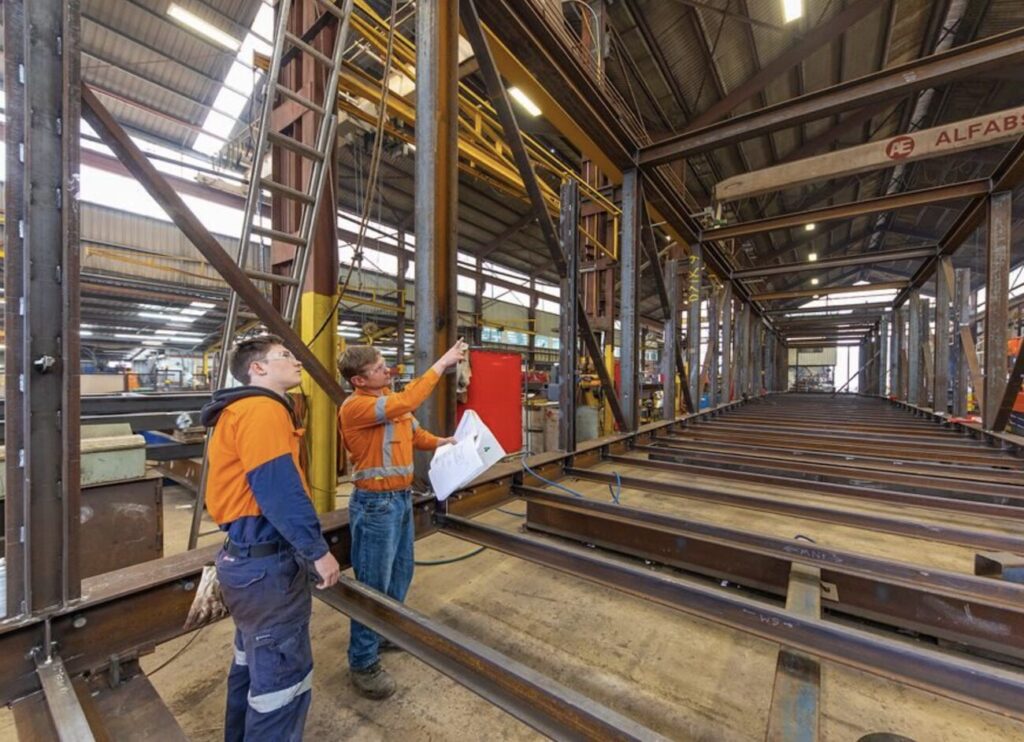
Alfabs Engineering: immediate benefits
Among the early adopters is Alfabs Engineering, a long-established fabricator delivering major transport, resources and infrastructure projects across New South Wales and beyond. For Alfabs, the advantages of choosing SCA were both practical and strategic.
“There were two key drivers for Alfabs in choosing SCA for dual certification to AS/NZS ISO 3834.2 and AS/NZS 5131 CC3,” said Henry Thompson, General Manager, Alfabs Engineering Group. “The first is one less audit—one less accreditation to manage. The audit process takes a fair bit of time, as well as dedicated quality managers and internal resources. By combining the certification process, business disruption was significantly minimised.”
“The second key driver was a significant cost benefit long term.”
Thompson also emphasised the quality of SCA’s audit methodology. “The certification process with SCA was smooth and seamless. It was compressed into a single day. SCA was quite thorough throughout the audit, but ensured that there were synergies in terms of what they were asking for both certifications.”
Already CC3-certified under AS/NZS 5131 since 2024, Alfabs regularly delivers complex structures for major transport networks, mining operations, and industrial facilities. For a business working at this scale, the ability to consolidate compliance requirements into a single, well-structured process represents a significant competitive advantage.

Central Engineering: more than a compliance tick
As one of the earliest adopters of AS/NZS 5131, Central Engineering has reported significant operational and quality improvements as it has progressed through higher levels of certification. Now dual certified to AS/NZS 5131 CC3 and AS/NZS ISO 3834.2 by SCA, the Queensland-based fabricator has seen direct improvements in quality, efficiency and client assurance.
The benefits, according to General Manager Justin Bulte, were immediate and far greater than expected. “Our internal systems were already robust, complying with ISO 9002, but achieving CC2 under AS/NZS 5131—and recently progressing to CC3—provided formal recognition. It was the icing on the cake strengthening our framework and giving clients full assurance.”
Justin describes the shift to dual certification as transformational for both the business and its customers. “This is more than a compliance tick. It’s a commitment to risk reduction, operational excellence, reliable delivery, and full NCC compliance.
With more than 50 years of industry experience and the capability to process up to 150 tonnes of structural steel per week, Central Engineering sees AS/NZS 5131 CC3 and AS/NZS ISO 3834.2 certification as a natural progression one that aligns with the rising expectations of Tier 1 and Tier 2 contractors, government procurement teams, and the broader construction sector as it moves toward more robust assurance frameworks.
The company’s message to the market is clear: “If your project demands structural steel that’s fit for purpose, choose Central Engineering and maintain full compliance with AS/NZS ISO 3834.2 and AS/NZS 5131,” Justin said.

Building a stronger industry
The early momentum behind SCA’s dual certification service reflects growing pressure across Australia’s construction and infrastructure sectors for clearer, more enforceable quality benchmarks. As major projects become more complex, and as scrutiny on welding integrity intensifies, the need for robust, consistent and transparent compliance pathways continues to escalate.
SCA’s dual certification directly responds to these challenges by:
- Reducing audit duplication, saving fabricators valuable time
- Lowering long-term compliance costs
- Improving project assurance for builders and contractors
- Providing clear, independent evidence of capability
- Supporting government procurement integrity
- Enhancing safety, reliability and structural performance across the sector
With a skilled audit team, a mature assessment framework and growing industry uptake, SCA is positioning dual certification as the new standard for fabricators seeking to demonstrate excellence in both structural steelwork and welding quality.
Looking ahead
As more fabricators enter the pipeline, SCA expects strong continued growth in dual certification adoption throughout 2026 and beyond. The early success—20 dual certifications already completed—shows that the industry is not only ready for this evolution but actively seeking it.
For fabricators, dual certification is becoming a powerful signal of professionalism and readiness for high-specification work. For clients, it brings new levels of certainty. And for Australia’s steel sector, it marks another important step in strengthening local capability and safeguarding project outcomes nationwide.

